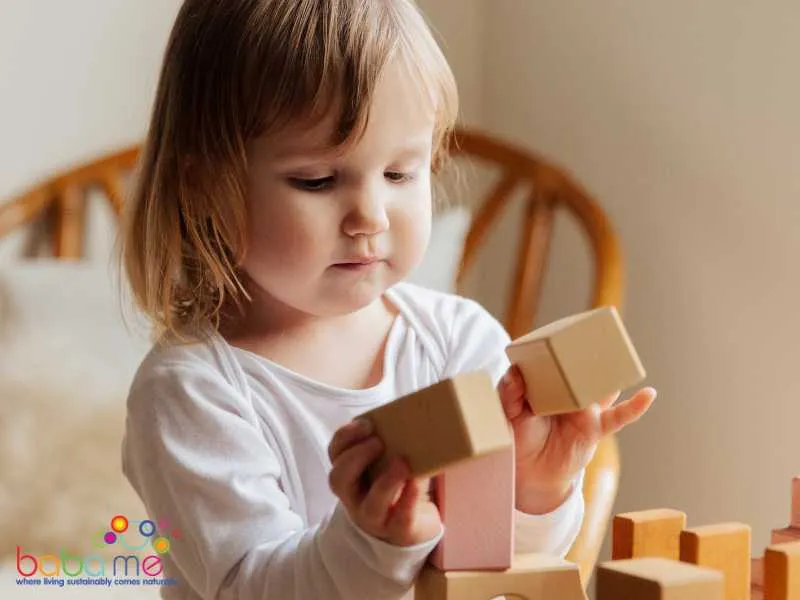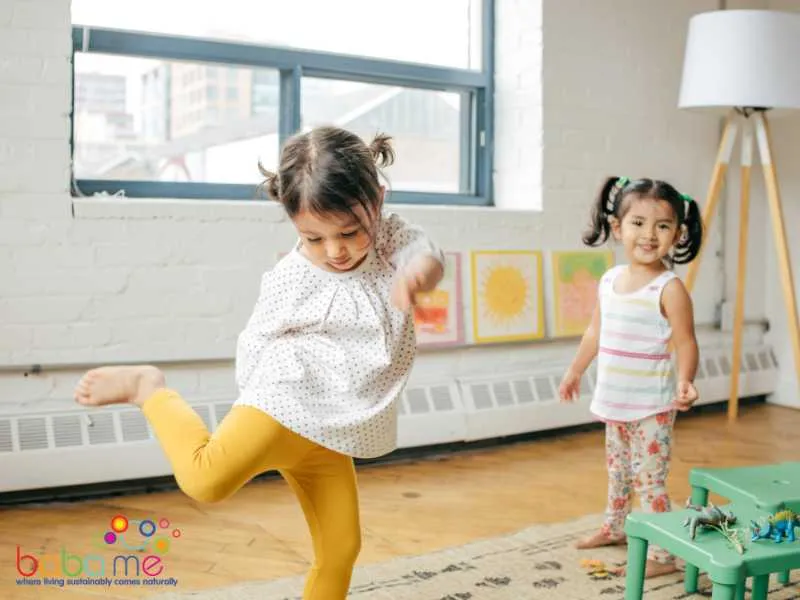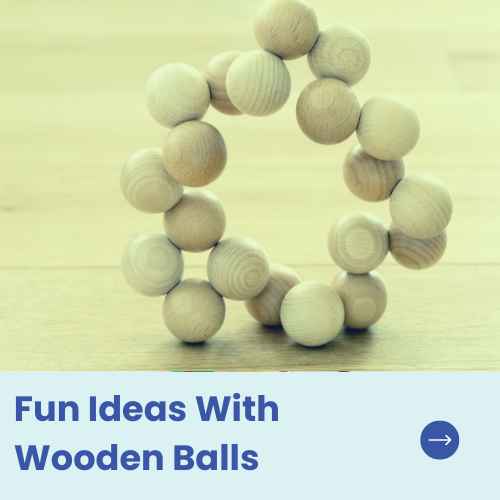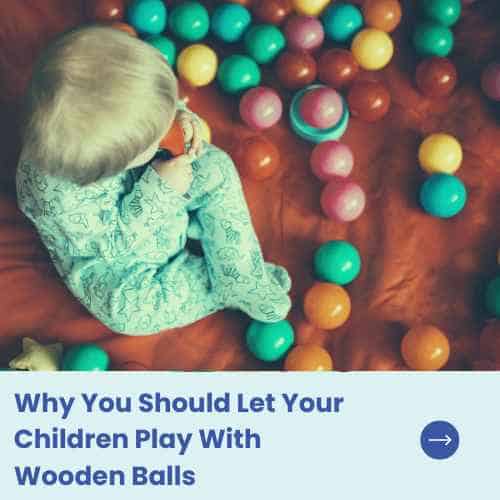Open-ended activities have a crucial role in fostering children’s creativity, critical thinking, and problem-solving skills.
Unlike structured tasks with a clear end goal, open-ended activities empower children to set their own objectives and decide how they want to reach them. They provide a world of endless possibilities where there’s no right or wrong, only a wealth of learning experiences.
We will delve into some captivating examples of open-ended activities that can unleash the inherent creativity in every child.
Key Takeaways
Open-ended activities allow children to explore and create freely, without the constraints of a specific goal or outcome.
By engaging in open-ended activities, children can learn to think critically, make decisions, and express themselves in a variety of ways.
Examples of open-ended activities include music and dance, art, block play, and problem-solving activities.

Understanding the Concept of Open-Ended Activities
Open-ended activities are ones that do not have a predetermined outcome or a single correct answer. These activities promote creativity, exploration, and imagination. They are also great for encouraging discussion, interaction, and teaching problem-solving skills to children. Open-ended play is a great way to engage children and help them develop their curiosity and creative responses.
In open-ended play, children are encouraged to think outside the box and come up with their own unique solutions. This type of activity mans that as children play, they naturally explore different perspectives and think critically about the task at hand, strongly helping their cognitive development. Classroom discussions can be a great way to encourage participation and feedback from children.
Open-ended activities are not just limited to playtime. They can be incorporated into many areas of learning and development. For example, problem-solving skills can be developed through open-ended activities that require children to find solutions to problems on their own. This type of activity helps children develop their problem-solving skills and encourages them to think creatively.

Open-Ended Play Activities in Music and Dance
When it comes to open-ended activities, music and dance can provide endless opportunities for exploration and creativity. Here are some ideas to get you started:
Exploring Music Through Open-Ended Activities
Music is a powerful tool for self-expression and exploration. Here are some open-ended activities that can help your child explore music:
Freeform Dance: Put on some music and let your child move their body in whatever way feels natural to them. Encourage them to experiment with different movements and tempos. This is also great for their physical development.
Musical Instruments: Provide your child with a variety of musical instruments, such as drums, shakers, and xylophones, and let them experiment with making their own music – and helps with both their gross motor skills and fine motor skills.
Sing-Along: Singing is a great way to explore music and develop language skills. Choose some simple songs and sing along with your child, encouraging them to join in.

Dance as an Open-Ended Activity
Dance is a fun and engaging way for children to express themselves and explore movement. Here are some open-ended activities that can help your child explore dance:
Improv Dance: Put on some music and encourage your child to move their body in whatever way feels natural to them. Encourage them to experiment with different movements and styles.
Copycat Dance: Choose a simple dance routine and demonstrate it for your child. Then, encourage them to copy your movements and add their own personal flair, again great for physical development.
Dance Party: Put on some upbeat music and have a dance party with your child. Encourage them to come up with their own dance moves and show them off to the beat of the music, which enhances their listening skills.
Remember, the key to open-ended activities is to let your child explore and create without any specific rules or guidelines. Encourage them to use their imagination and have fun! Add in a balnce board to have even better free play!
Gentle Monster Wooden Wobble Balance Board
This versatile toy transcends conventional play, morphing into a swing, a bridge, a racetrack, a lounge chair, and so much more based on your child’s imagination.
It not only stimulates the vestibular system, crucial for overall development and learning, but also strengthens posture muscles and hones balancing skills. With its sturdy design, it’s perfect for both children and adults, supporting fitness, yoga, or simply providing fun.

Open-Ended Activities Involving Art
Art is a great way for children to express themselves and explore their creativity. Open-ended art activities allow children to use their imagination and come up with their own unique creations. Here are a few examples of open-ended art activities you can try with your child.
Painting and Drawing as Open-Ended Activities
Painting and drawing are classic open-ended art activities. Provide your child with a variety of materials, such as paint, markers, crayons, and paper, and let them create whatever they want. You can suggest themes, such as animals or nature, but let your child decide what they want to draw or paint.
Encourage them to experiment with different colors and techniques, such as mixing colors or using different brush strokes.

Experimenting with Play Dough
Play dough is a great open-ended art activity that allows children to use their hands and develop their fine motor skills. You can make your own play dough or buy it from a store.
Provide your child with different tools, such as cookie cutters, rolling pins, and plastic knives, and let them create whatever they want. Encourage them to experiment with different shapes and textures.
Here are a few more ideas for open-ended art activities:
Collage-making: Provide your child with a variety of materials, such as magazines, newspapers, fabric scraps, and glue, and let them create a collage.
Sculpting: Provide your child with clay or play dough and let them create a sculpture.
Printing: Provide your child with stamps and ink pads and let them create their own prints.
Remember, the key to open-ended art activities is to let your child take the lead and come up with their own ideas. Encourage them to experiment and have fun!
Open-Ended Activities with Loose Parts and Blocks
Using loose parts and building blocks is a great option. These materials provide endless possibilities for children to build, design, and problem-solve. Here are a few sub-sections to get you started:
Using Cardboard Tubes in Open-Ended Activities
Cardboard tubes are a versatile and inexpensive material that can be used in a variety of open-ended activities. Here are a few ideas to get you started:
Create marble runs: Cut the cardboard tubes into different lengths and attach them to a wall or board using tape or hot glue. Children can then use marbles to roll through the tubes and see where they end up.
Build structures: Use the cardboard boxes and tubes as building materials to create towers, bridges, or other structures. Children can experiment with different ways of connecting the tubes together, such as using tape or rubber bands. It’s worth keeping a stock of open ended materials for creative activity, they can also incorporate block play and wooden blocks into the structures.
Make binoculars: Cut the tubes in half and decorate them with markers or paint. Children can then use them to go on a nature walk or explore their surroundings.
Building with Building Blocks
Blocks are a classic open-ended material that provide endless opportunities for children to create and design. Here are a few ideas for using blocks in open-ended activities:
Build structures: Provide children with a variety of blocks in different shapes and sizes and encourage them to create their own structures, such as houses, castles, or bridges.
Create patterns: Use blocks to create patterns or designs on a flat surface. Children can experiment with different colors and shapes to create their own unique designs, really using their thinking skills.
Sort and classify: Provide children with a variety of blocks and ask them to sort them by shape, size, color, or other attributes. This activity helps children develop early math skills and learn about classification.
Wooden blocks can also be used as anything from pretend play food to building castles.
Melissa & Doug Wood Building Blocks
Bring home the joy of classic, hands-on play with the Melissa & Doug Wooden Building Blocks. This 60-piece, natural-finished, smooth-sanded hardwood block set is your child’s passport to screen-free, imaginative play.
These blocks do more than just entertain; they are a fantastic introduction to early math concepts like shapes, parts-to-whole, and sorting, while promoting hand-eye coordination and teaching patience. The blocks come in a beautiful wooden crate, ensuring easy and tidy storage.
Open-Ended Activities for Problem Solving and Exploration
Open-ended activities are a great way to encourage problem solving and exploration. They allow children to use their creativity and curiosity to explore the world around them.
Exploring the World of Bugs
Another great example of open-ended activities is exploring the world of bugs. Children are naturally curious about the world around them, and bugs provide a great opportunity to explore and learn about the natural world. Encourage children to observe bugs in their natural habitat and ask questions about their behavior and characteristics.
You can also provide children with prompts that encourage exploration and problem-solving. For example, you could ask children to design a bug hotel that provides a safe and comfortable habitat for a variety of bugs. This not only encourages problem-solving but also encourages curiosity about the natural world and the role that bugs play in it.
Mark Making
Mark making can take many forms, from the scribbles, lines, and dots a toddler makes with crayons, to more deliberate patterns and shapes made by an older child with markers or paints. It’s not just limited to paper and pens, either. Children can make marks in sand, with paint, or even with their finger on a steamy window.
This process gives children in the early years the opportunity to express themselves and explore new materials, aiding their cognitive, physical, and social development. It helps to develop fine motor skills, hand-eye coordination, observation, and it even lays the groundwork for understanding mathematical concepts. Through mark making, children can also learn about cause and effect as they understand that these ‘marks’ are a result of their actions.


FAQS on Open Ended Activities
What is an open-ended activity?
An open-ended activity is one that has no fixed outcome or solution, allowing individuals to express their creativity and problem-solving skills in unique and personal ways. The process itself becomes the focus, rather than an end product. These activities typically involve exploration, imagination, and critical thinking. They are not bound by rigid rules or instructions, enabling children to make independent choices and decisions.
What is open-ended activity for children?
Open-ended activities for children are particularly beneficial, promoting a wide range of skills and attributes. They encompass activities such as free play with open-ended toys (like blocks or art supplies), imaginative role-play, and creative problem-solving tasks. Such activities allow children to express themselves freely, develop their ideas, and then children learn through trial and error.
What are open-ended activities and creativity?
Open-ended activities and creativity are inherently intertwined. These activities serve as a breeding ground for creative thinking and innovation. They offer opportunities for children to think out of the box, create their narratives, experiment with different solutions, and see the world from various perspectives.
What are the benefits of open ended activities?
The benefits of open-ended activities are manifold. They:
Foster Creativity: With no predefined outcomes, children can let their imagination run wild, encouraging creative thought and innovation.
Enhance Problem-Solving Skills: Kids learn to think critically, make decisions, and solve problems in their unique ways.
Promote Independence: By making choices and decisions on their own, children develop a sense of independence and self-confidence.
Boost Social and Emotional Skills: Collaborative open-ended activities can help children understand different perspectives, enhance their cooperation skills, social skills and express their feelings.
Encourage a Love for Learning: Since open-ended activities are driven by curiosity and interest, they make learning a fun and engaging process, instilling a lifelong love for learning.







